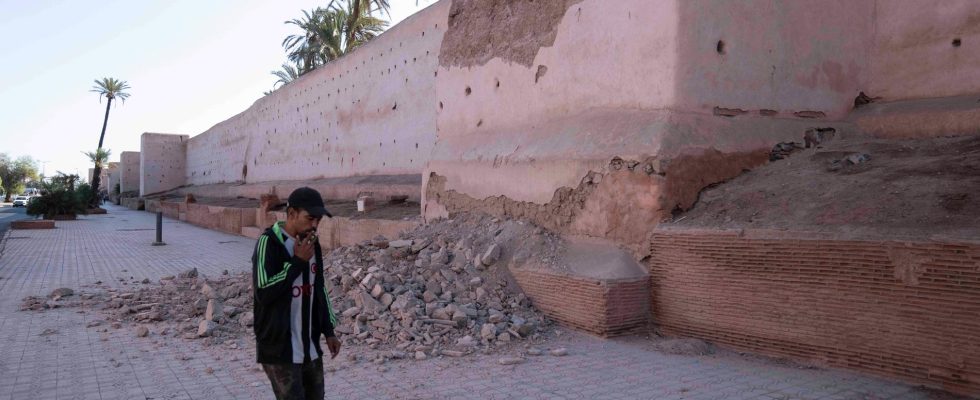After a large earthquake like the one in Morocco, there are always aftershocks that last for weeks, according to seismologist Björn Lund at Uppsala University.
– So far we have measured 15 earthquakes, he tells TT.
The biggest aftershock since Friday’s big earthquake was measured at a magnitude of 4.9, he says. Now several weeks of aftershocks await. When they will come, or how big they will be, however, no one can predict.
– They usually say that a rule of thumb for aftershocks is that there will be a big one, with a magnitude of 1 to 1.2 lower than the big quake, he says.
Friday’s earthquake was 6.8. That could mean a large aftershock of perhaps 5.8. It is also a very large earthquake.
Quake destroyed the city
Björn Lund talks about how Morocco has been hit hard in the past. The 1960 Agadir earthquake destroyed the city, and between 12,000 and 15,000 people lost their lives. Then the magnitude was 5.8, which a large aftershock after the current earthquake could reach.
He explains that earthquakes in this area do occur, but they are usually not as strong on land. Most of them take place in the sea north of Morocco. The power is often directed out to sea, from the Strait of Gibraltar, he says.
– This is because the African plate is moving towards the European plate. It is also what causes earthquakes in Greece, among other things. The Atlas Mountains were formed because of this movement.
Hard to predict
So far, it is not possible to predict where an earthquake will occur. At least not in any useful way.
– The research now consists of looking at foreshocks, where they break loose, and how to be able to deduce from them that a large earthquake is on the way.
However, it is possible to calculate where there are tensions that could lead to a larger earthquake, he explains. But when it will come cannot be said, it could be now, in a year or in 15 years, he explains.
– Istanbul in Turkey has been on the news, after the big earthquake there in 1999. Also south of Tokyo. There are several places that have had large earthquakes in the past, and where it is thought that it may be on its way, says Björn Lund.
